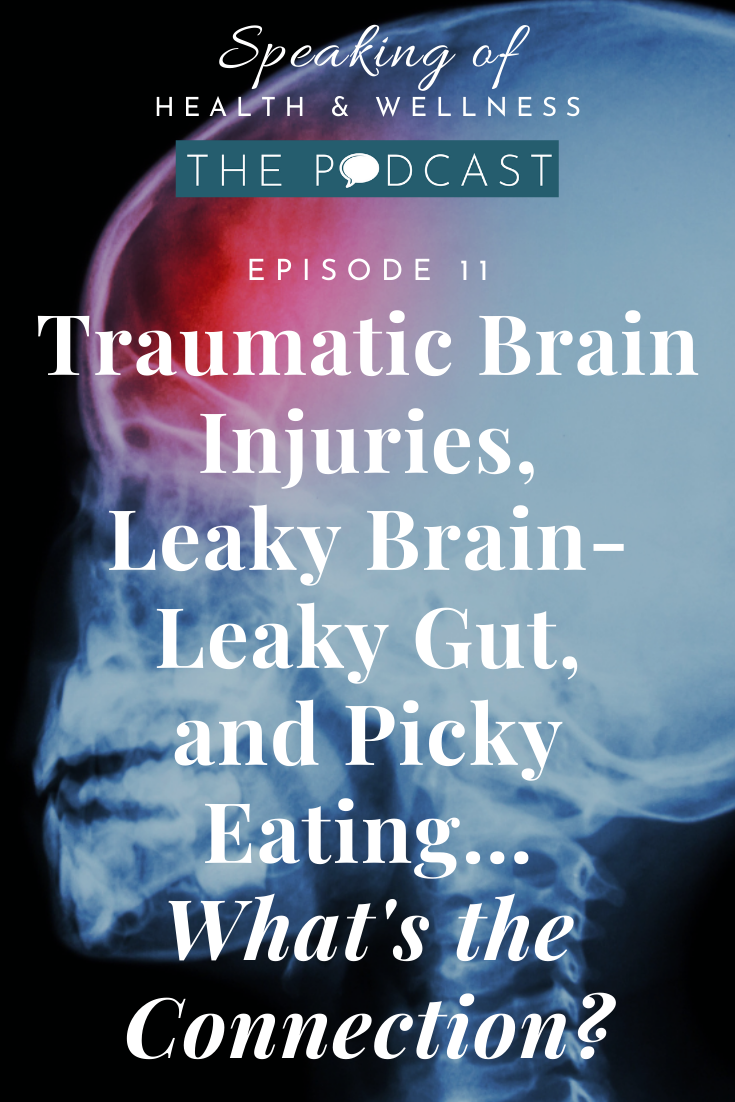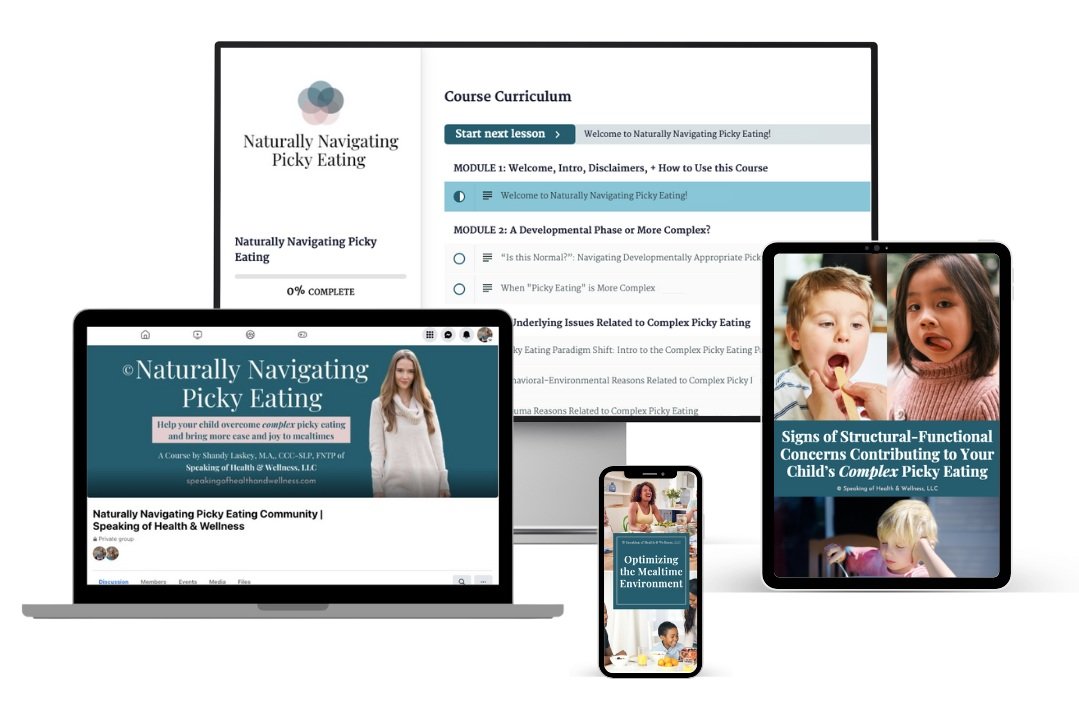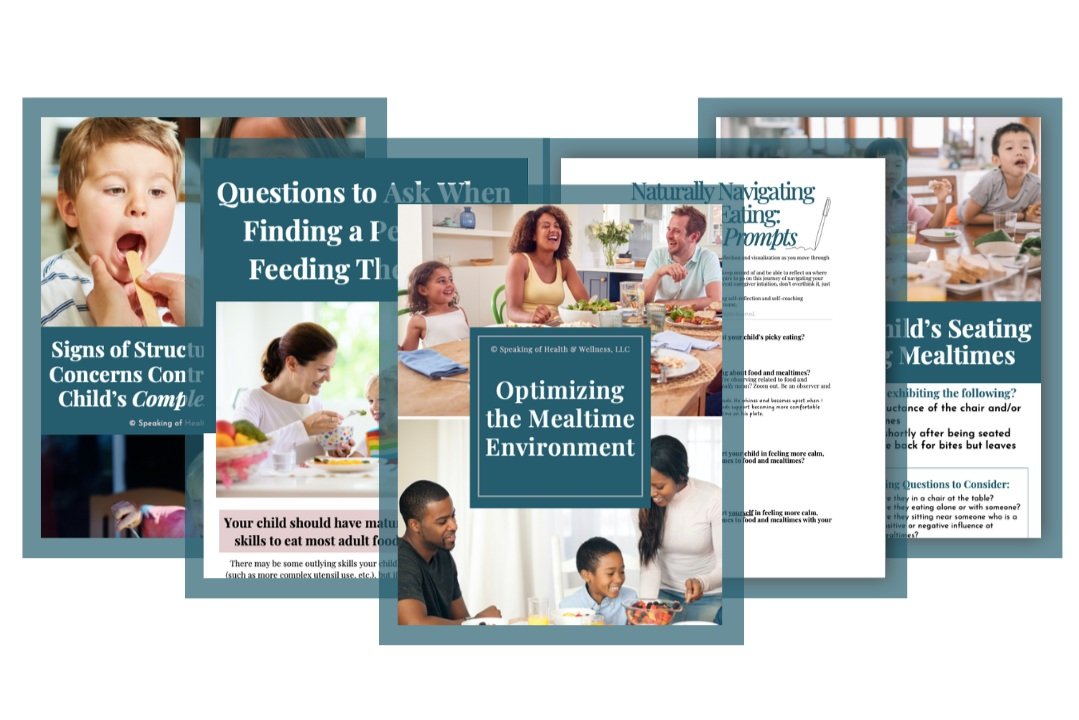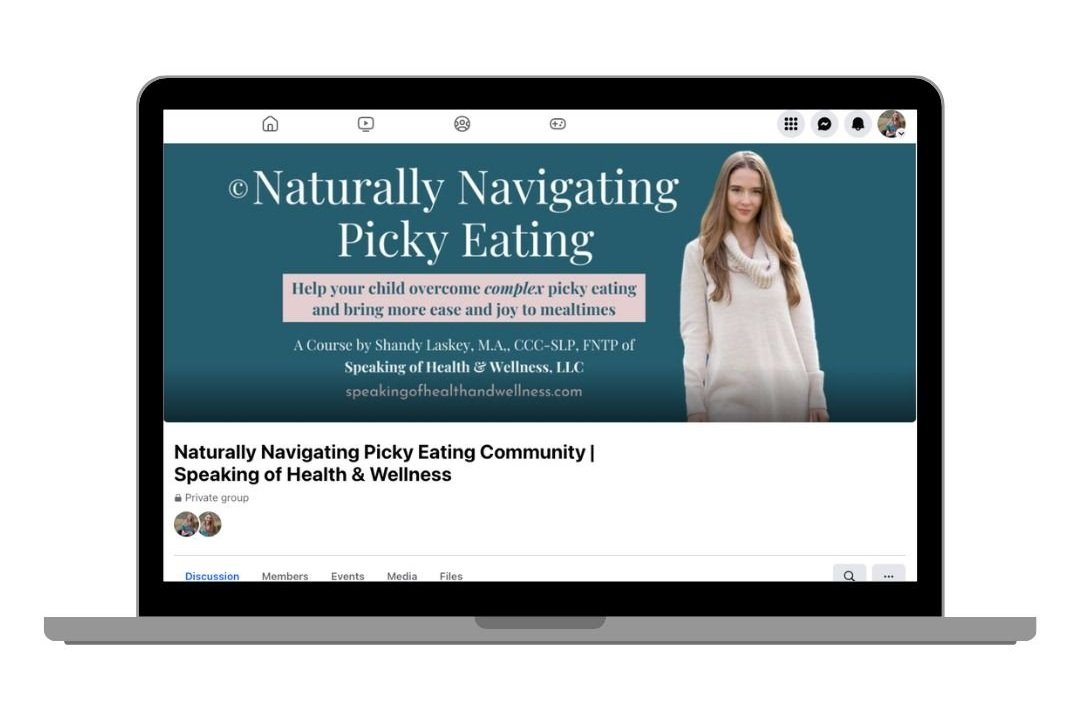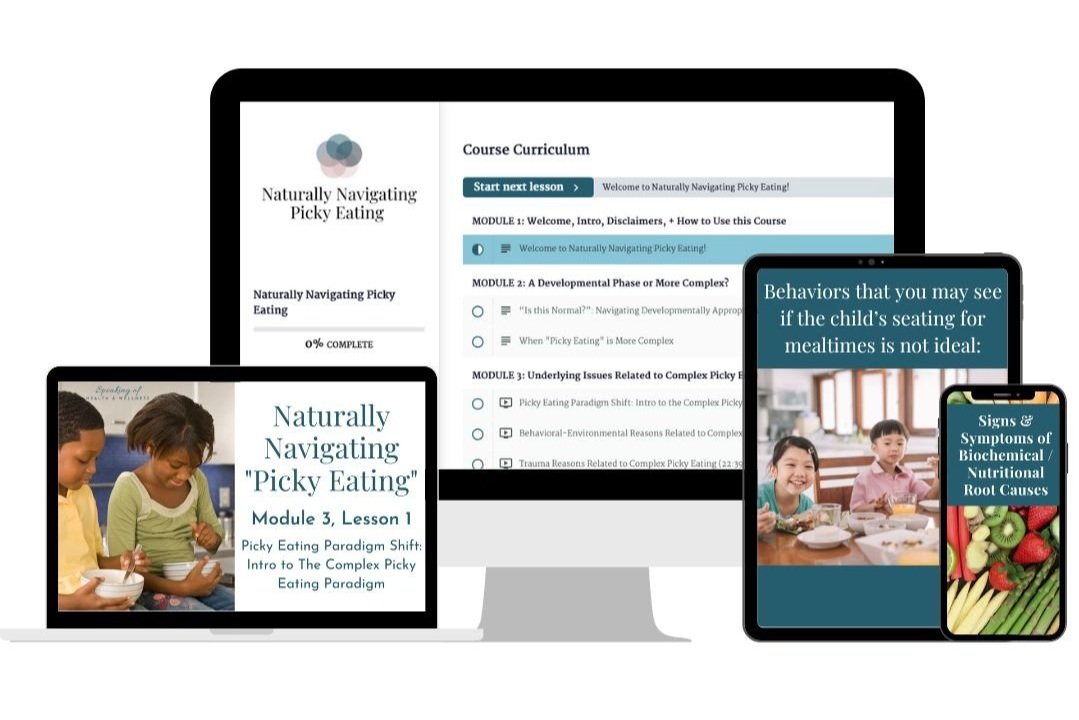Autism Awareness, Acceptance, and Action...Can they coexist? I believe so!
In Episode 14, I'm covering the diagnostic criteria and rising rates of autism spectrum disorders, as well as the changes in formal diagnostic criteria in the DSM-5.
I'll be exploring various subtypes of autism, and the "communities" within the overall larger community of autism spectrum disorders (specifically the biomedical community, the neurodiversity community, and the traditional behaviorist community).
We'll talk about the difference between person-first language and identity-first language, and how the language we're using within the autism community really does matter... but it might matter differently to different communities within the larger autism community.
I share my own mixed feelings about Autism Awareness Month / day, and offer validation that it's okay for you to have mixed feelings too, if you do.
While there may be differences among the autism communities, I think everyone within the autism community really wants the same thing: For individuals with autism or autistic people, whichever that individual’s preference, to be able to live their best lives and be fully respected and loved.
Let's raise awareness. Let's teach love and acceptance of individuals where they are - always! But let's not forget: There's action to be taken for their individual health needs, and to move this conversation forward as a collective whole.
Push play below and listen in to Episode 14 to learn more!
Mentioned in the show:
BLOG: “Exploring Autism and Other Neurodevelopmental Disorders as Whole Body Conditions”
Episode 5: “Exploring Autism and Other Neurodevelopmental Disorders as Whole Body Conditions”



